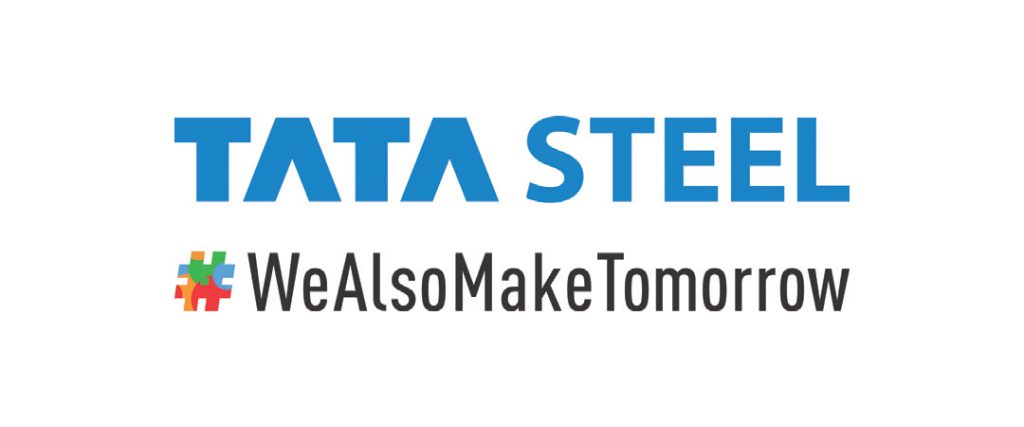Tata Steel Nederland will supply Zeremis® green steel to Swedish company Lindab, after its steel plant in IJmuiden transitions to hydrogen-based steel production.
Oct 18, 2024

Tata Steel Nederland has signed a memorandum of understanding with Swedish company Lindab to supply Zeremis® green steel once the steel plant in IJmuiden transitions to hydrogen-based steel production.
Lindab develops and manufactures sustainable ventilation systems. Approximately 80 to 95 percent of the environmental impact of Lindab’s products and around 50 percent of Lindab’s total emissions come from steel. At the same time, steel is essential in the production of ventilation systems, offering significant benefits; steel has a long lifespan, is highly recyclable, and is non-flammable.
“Lindab aims to contribute to a better global climate. To be successful in this mission, we must collaborate with the right partners to minimize the impact in our supply chain. We see Tata Steel as such a partner, and we formalize this with this framework agreement,” says Matilda Isaksson, Group Sustainability Manager at Lindab.
“We are pleased with this declaration of intent and the continuation of sustainable co-innovation with Lindab. We have a long-standing relationship with Lindab. By purchasing high-quality green steel from Tata Steel, Lindab chooses to buy steel that will be produced even cleaner and more environmentally friendly in the future,” says Stefan Landesz, Commercial Director of the Business Unit Colors at Tata Steel Nederland.
Also Read: SAIL Signs MoU with BHP to Accelerate Potential Path to Steel Decarbonization
With the transition to clean, green and circular steel, Tata Steel Nederland is embarking on the biggest transformation in the company’s history. This will significantly reduce CO2 emissions. The production of green steel will be achieved using Direct Reduced Iron technology (DRI), which will initially operate on natural gas and later switch to hydrogen, once it becomes affordable and available. This new technology requires substantial investments and a different steel production process. We expect to reduce CO2 emissions by 30 to 40 percent by 2030, with the goal of producing completely carbon-neutral steel by 2045.










